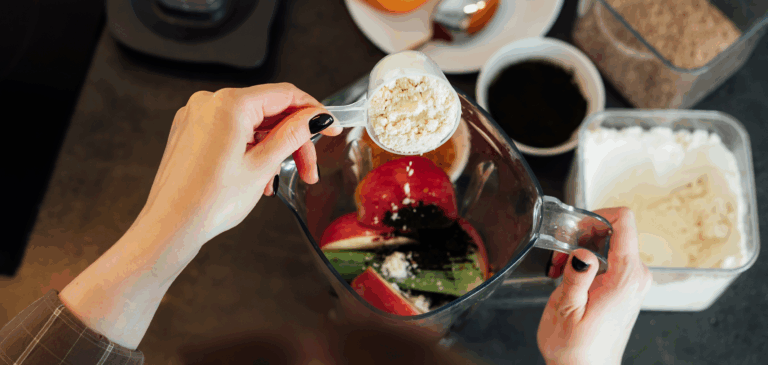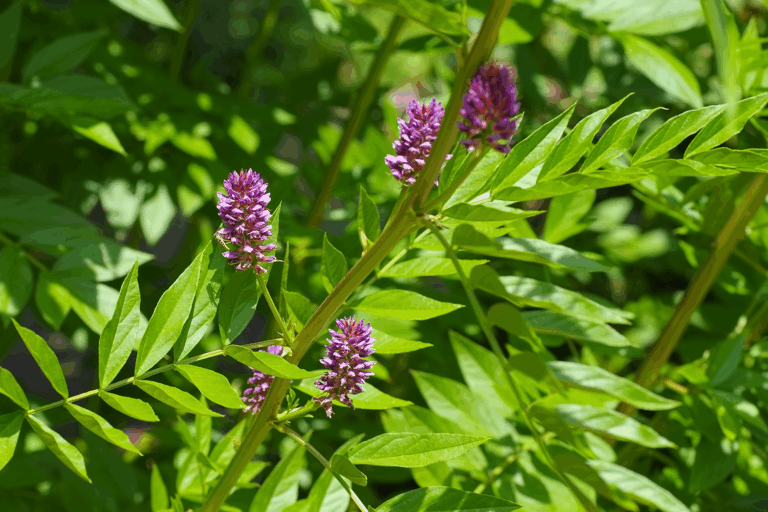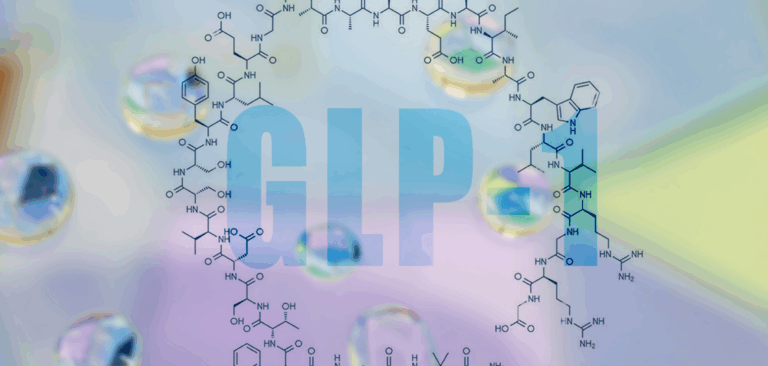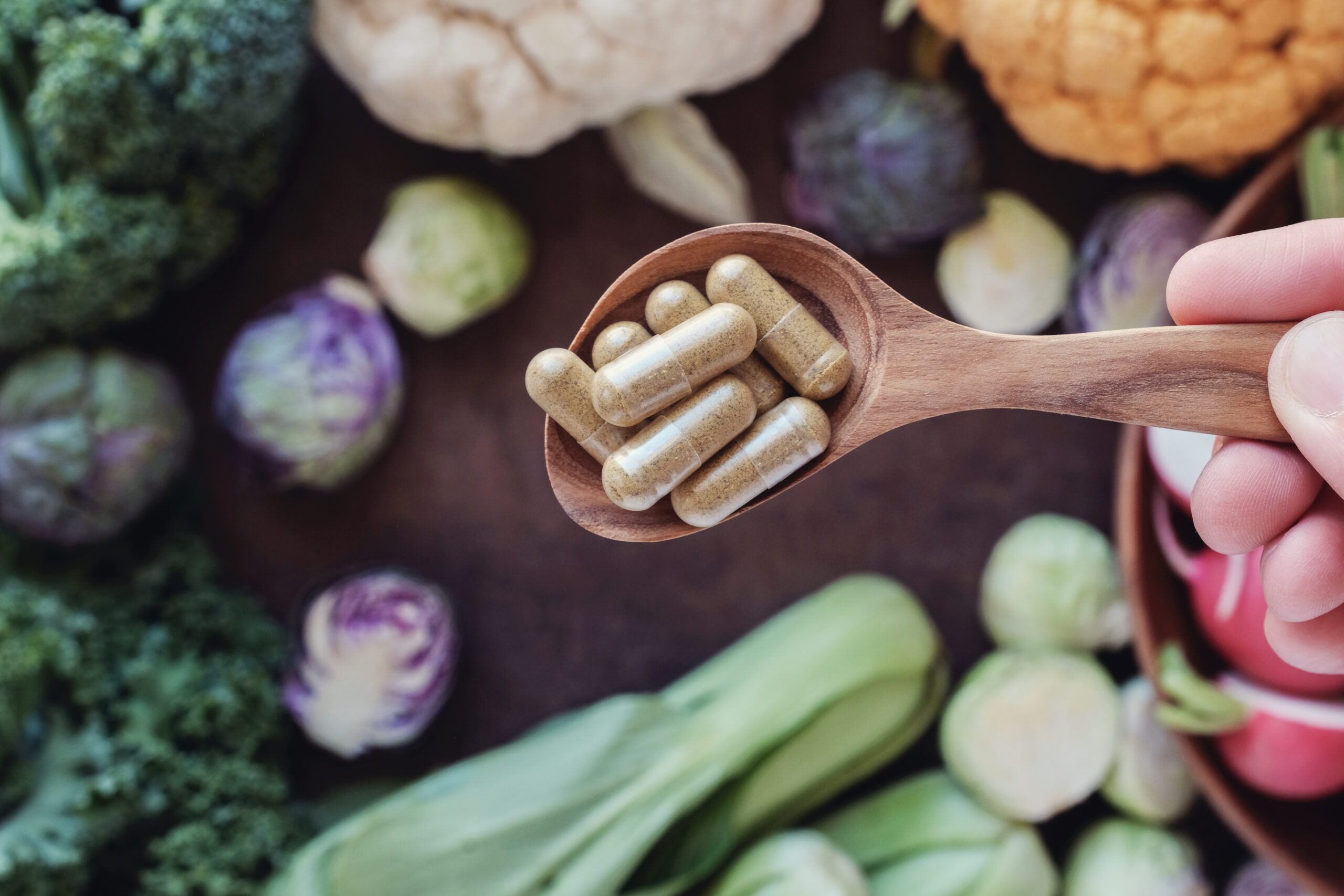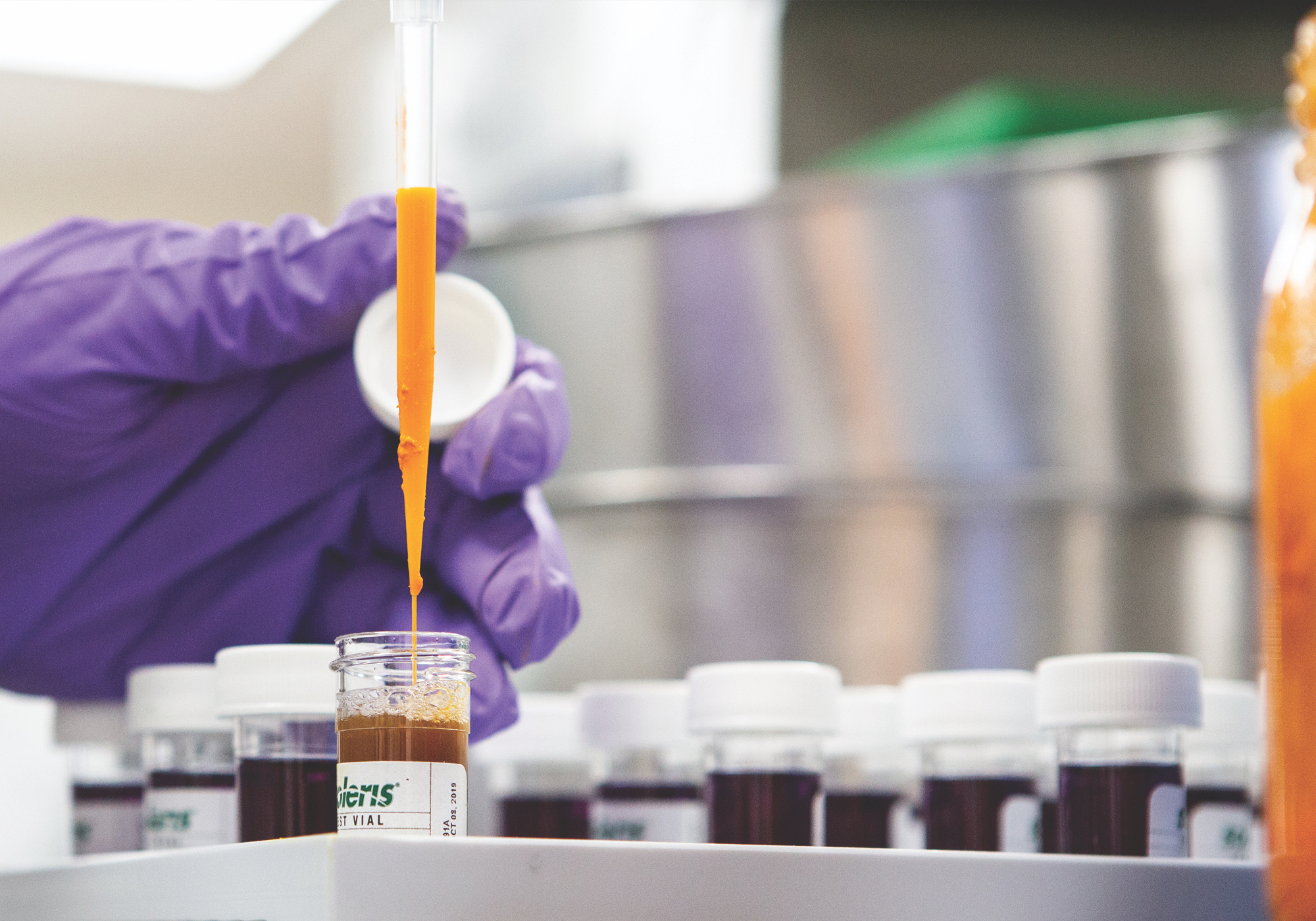Scientific name:Cinnamonum zeylanicum/verum
Constituents:
- Volatile oil (cinnamaldehyde, eugenol, and methyleugenol & linalool)
- Flavonoids: Methylhydroxychalcone polymers
- Tannins
- Coumarins
Medicinal actions:
- Antimicrobial
- Antioxidant
- Astringent
- Carminative & Antispasmodic
- Hemostatic
- Hypoglycemic
Mechanism of Action & Pharmacology:
- Volatile oils are antispasmodic, anti-bacterial, anti-fungal, & anti-viral.
- Cinnamaldehyde inhibits cyclooxygenase & lipoxygenase enzymes, thus decreasing inflammation. Also expresses insulinotropic effects on blood glucose by up-regulating GLUT4 gene expression & glycoprotein movement from intracellular compartments to facilitate glucose entrance into the cells.
- Methyl hydroxychalcone is a flavonoid responsible for the insulin-like biological activity.
- Tannins are highly astringent.
Pharmacy:
- Decoction
- Tincture
- Capsules
- As Food in culinary applications
Safety & Toxicity Concerns:
- Adverse effects can be nausea or gastrointestinal burning. Topically may cause contact dermatitis and irritation of mucous membranes.
- Overdose of the volatile oil (amounts > 0.5 ml/kg body weight) can cause nausea, vomiting, convulsions, pulmonary edema, kidney & liver damage, and coma.
- Use caution in large doses with conditions that are exacerbated by GI stimulation (eg. gastritis, GERD, biliary obstruction, acute cholelithiasis)
- Use caution above culinary uses in pregnancy & lactation.
Interactions:
- Tannin content promotes gut motility and may interfere with absorption of many other medicines when taken simultaneously.
- Anticoagulants due to antiplatelet activity (theoretical).
- Anti-diabetic agents (may decrease blood sugar).

